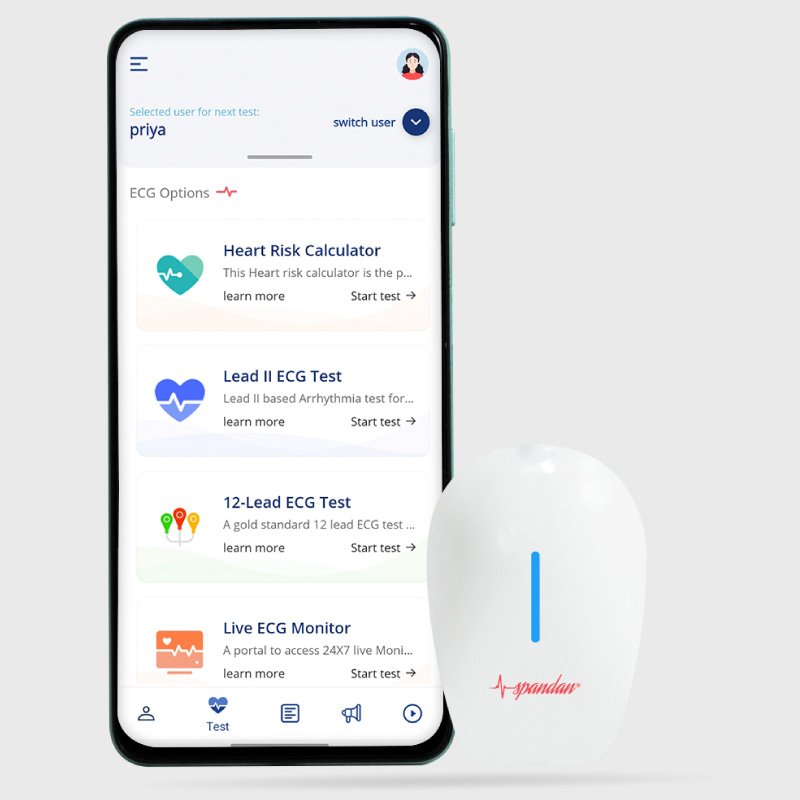
Author:- Mr. Ritesh Sharma
Ever contemplated How Long Heart Attack Last? A heart attack (medically termed as myocardial infarction) makes people anxious because of its potentially life-threatening nature. You must understand the duration and phases of a heart attack for prompt intervention, saving the patient’s life timely. The question of How Long Heart Attack Last comes into the minds of many people. However, the answer to this question gives insights into the several phases the patient goes through during a heart attack.
So, do you also want to learn How Long Heart Attack Last? Check out this blog for all the worthy insights. Here, we have covered different phases of a heart attack encompassing its complete timeline. These phases cover the duration, symptoms, treatment, and recovery.
6 Phases of a Heart Attack for understanding How Long Heart Attack Last?
There are a total of 6 phases of a heart attack. The phase begins with the onset and early symptoms and ends with Long-term Management and Secondary Prevention. All these phases are of pivotal importance in a heart attack and give insights into the question of how long heart attack last. Let’s discuss all of these phases one by one in the blog below.
Phase 1- Onset and Early Symptoms
In a typical fashion, a heart attack begins abruptly, all of a sudden. The starting symptoms of a heart attack are a sensation of pressure, tightness, or crushing pain in the chest, known as angina. This discomfort mostly starts in the chest area of the patient and radiates to the arms, shoulders, neck, jaw, or back. While in a conventional heart attack, these symptoms are intense and severe, in a silent heart attack, these symptoms don’t show up with full force. Instead, the person silently faints indicating a major cardiac event.
Furthermore, the severity of the pain in the chest area and other areas of the body varies in accordance with the type of heart attack. In some heart attacks, patients also face symptoms like heart palpitations.
Phase 2- Acute Phase and Progression
With the progression of a heart attack, it reaches the acute phase. In this phase, the coronary artery of the patient becomes exceedingly obstructed, as little to no blood reaches the heart muscle. This major cardiac event triggers a barrage of an event associated with the heart. These events include inflammation, cellular injury, and ultimately, myocardial necrosis. If you get a timely electrocardiogram and other tests, then they may show T-wave abnormalities such as ST-segment elevation or depression, and cardiac biomarker elevation, notably troponin, aids in diagnosing and staging the heart attack.
Phase 3- Peak Intensity and Complications
In phase 3 of the heart attack, the complete occlusion of the coronary arteries occurs. The result of this is the complete deprivation of oxygen and nutrients for a significant portion of the heart muscle. This critical phase of the heart attack is linked to the most number of complications. These complications include cardiac arrhythmias, cardiogenic shock, and sudden cardiac arrest. In this phase, prompt medical intervention is a necessity, otherwise, it will prove to be fatal for the patient. It is sufficient to say that the patient teeters between life and death in this crucial phase of the heart attack.
Phase 4- Reperfusion and Treatment
In the case of a heart attack, timely reperfusion therapy is paramount and life-saving. This therapy is administered either through percutaneous coronary intervention (PCI) or thrombolytic therapy. The main aim of this therapy is to restore blood flow to the restore blood flow to the ischemic myocardium, salvage viable tissue, and limit infarct size. In this therapy, the occluded coronary artery is opened using stents.
At the same time, thrombolytic therapy dissolves the clot causing the obstruction. The reperfusion strategy choice depends on several factors. Some of these factors include the patient’s clinical presentation, time to treatment, and availability of resources.
Phase 5- Post-Acute Care and Recovery
After the patient overcomes the acute phase of the heart attack, healthcare professionals make an attempt to optimize his/her cardiovascular functions, prevent complications, and promote cardiac rehabilitation. This approach towards post-acute care and recovery is multifaceted. It involves giving patients medications to reduce the symptoms, decreasing the cardiac load, and preventing recurrent events. In this phase, the emotional impact of the heart attack is also addressed. To do so, the patient is encouraged to opt for lifestyle modifications, including dietary changes, smoking cessation, and regular exercise. Furthermore, psychosocial support is also offered to the patient to give them assurance of a better post-heart attack life.
Phase 6- Long-Term Management and Secondary Prevention
Long-term management is important after experiencing a heart attack to steer clear of recurring major cardiac events. Secondary prevention strategies are adopted in this to ensure the optimal state of cardiovascular health post-heart attack. In this, the patient is asked to strictly follow the guideline-directed medical therapy, including antiplatelet agents, statins, beta-blockers, angiotensin-converting enzyme inhibitors, or angiotensin receptor blockers. Moreover, for secondary prevention, the patient is asked to make some lifestyle modifications to control hypertension, i.e. high blood pressure and high cholesterol levels.
In conclusion, the question of how long heart attack last has a definitive answer. It lasts in 6 phases. Each of these six phases is critical for the patient as he/she is teetering between life and death. Timely medical intervention with screening tests like ECG is very crucial in such a situation.
With the innovation of a portable ECG device, taking an ECG test at home has become relatively easier, so the patient can send the report directly to their healthcare professional. Apart from this, taking aspirin during a heart attack if you are not allergic to it also comes in handy. Once you overcome all phases of a heart attack, you can restart a fresh life and with lifestyle modification and adherence to the medical guidelines, you can lead a healthy life afterward.




One Response
The Basic Principles Of buy injectable steroids. https://collinwjyk79247.blogunteer.com/26134875/the-buy-injectable-steroids-diaries